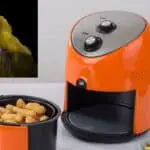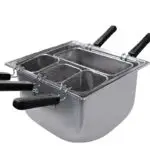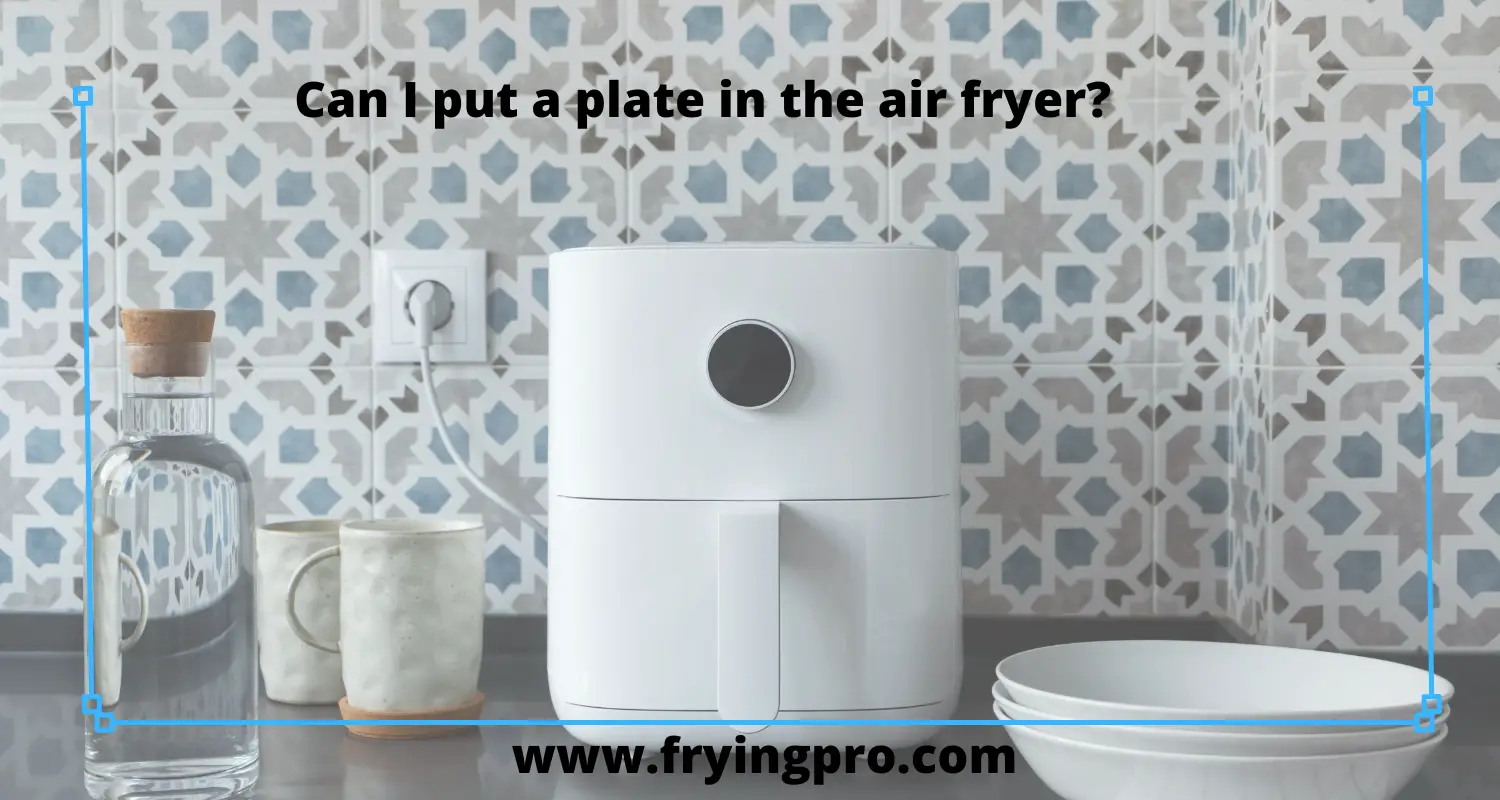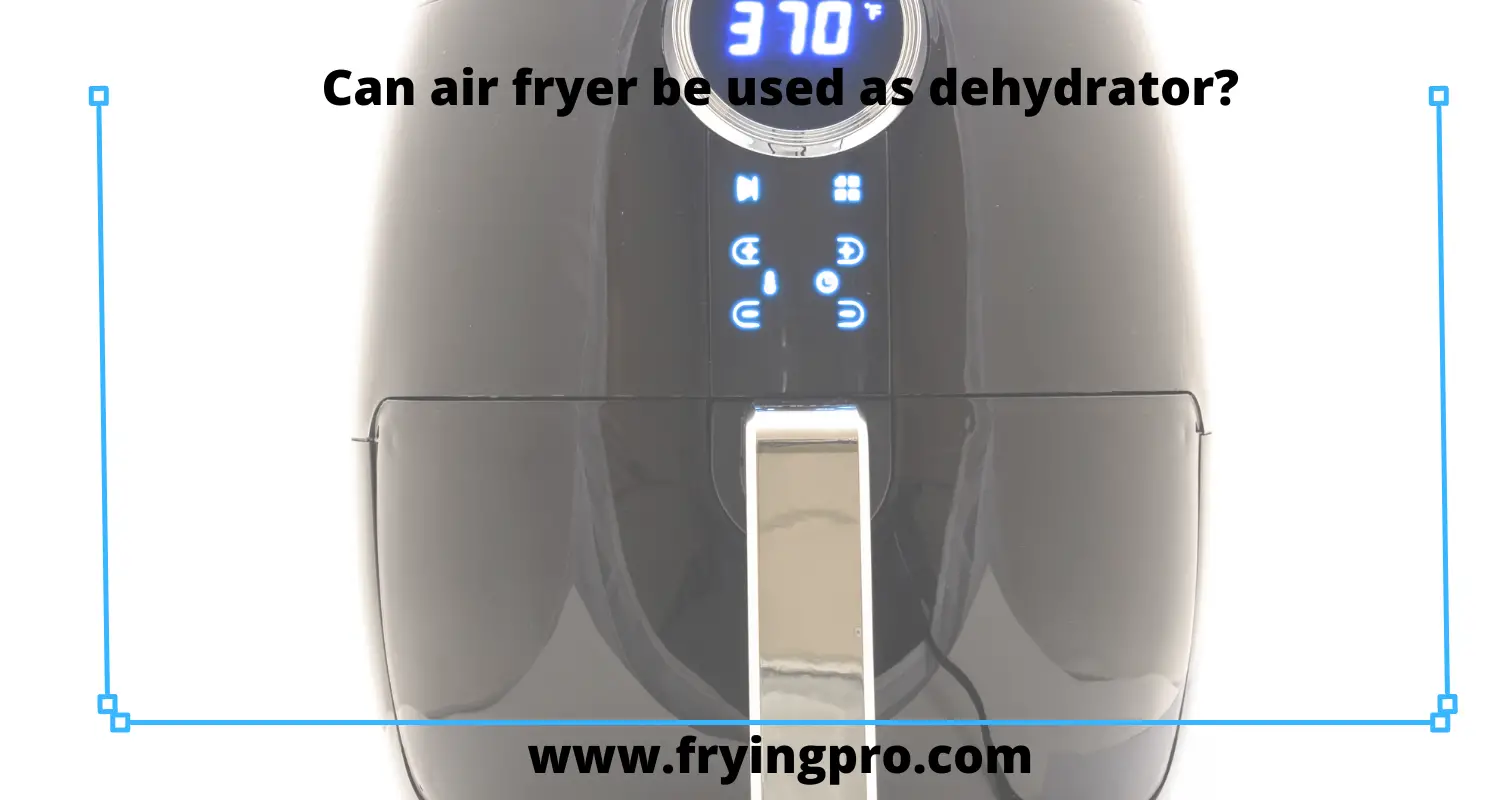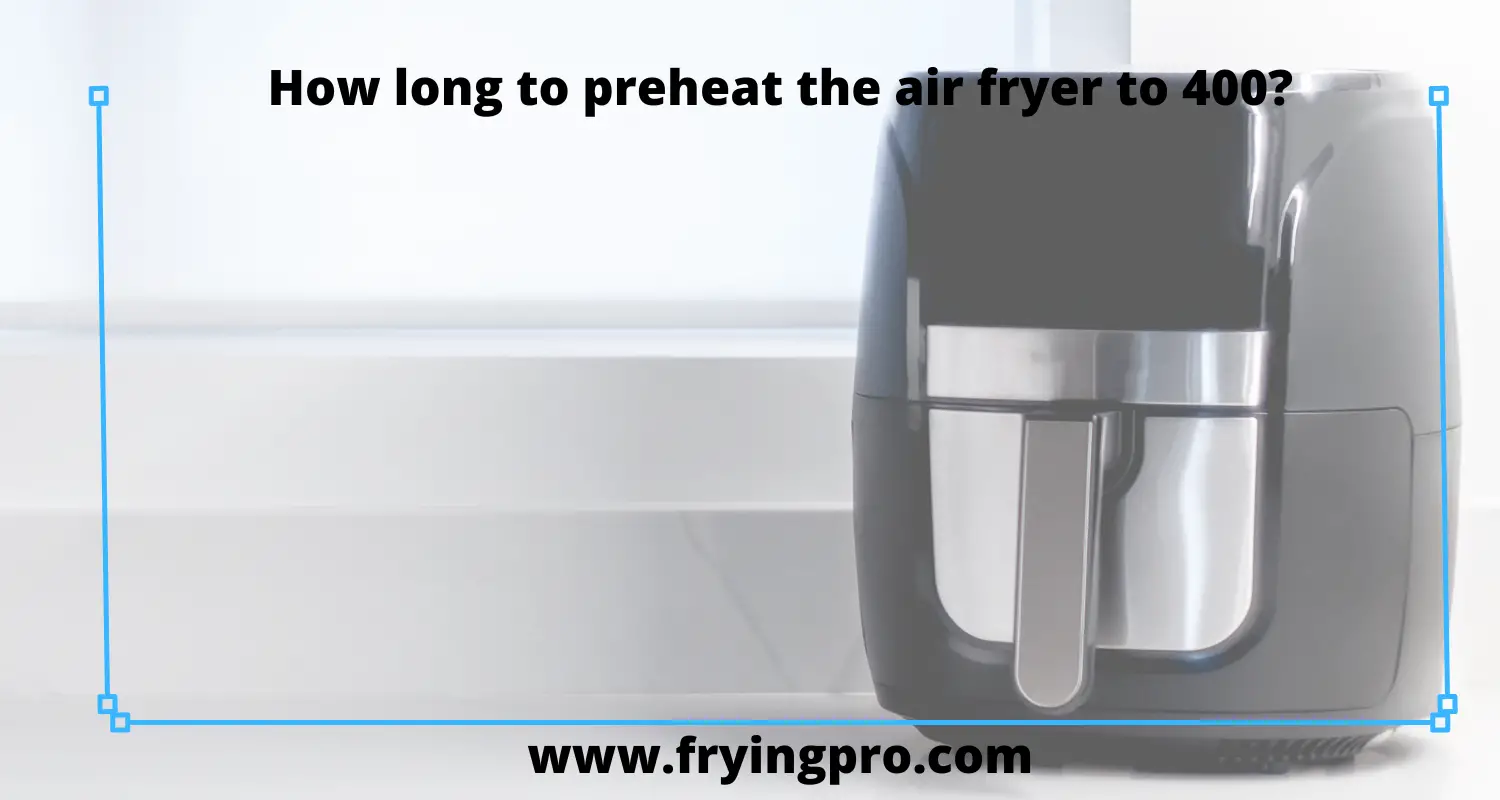Table of Contents
- Do I need a hood for an electric fryer?
- Do deep fryers need hood vents?
- Types of Hood vents for deep fryers
- Fryer hood safety
- Things to consider while selecting the type of Hood vent
- Cost of Hood vents
- Alternatives to a hood vent
Do I need a hood for an electric fryer?
So you’re considering putting a fryer in your kitchen, and there are several options to choose from, but one of the key differences between them is whether or not they need a hood. Do you get the traditional open fryer with a hood? Or do you go without the hood for your electric fryer?
No, you don’t necessarily need a hood for an electric fryer. However, the fumes from the hot oil produced by your fryer may be irritating to your eyes and upper respiratory system. For this reason, many people choose to install a hood or workstation above their deep fryers so that they can have better ventilation while cooking.
Read More: Are air fryers bad for pet birds?
Do deep fryers need hood vents?
The specific kind of vent used with deep fryers varies greatly depending on the needs of the user. It’s important that you do some research into what type of venting is appropriate for your kitchen before making any purchases All of these are designed to filter the air that comes from your fryer.
Types of Hood vents for deep fryers
Let us start with the most basic of basics. There are two main types of venting for fryers, forced air and gravity.
Forced Pot Vents
These are attached directly to your deep fryer then into an extraction fan. The fans can be installed in either a small kitchen or commercial size room, so it is important to choose the correct sized fan when purchasing one for your needs. A good initial guideline is 100cfm per 20lbs of oil capacity so you will need a 200cfm fan if you have a 40lb capacity deep fryer.
If you have any smaller kitchen where you normally cook things in batches then I suggest using Gravity Pot Vent which is basically just piping that goes from the back of the pot that clips on with little to no tools required.
Gravity Pot Vents
These are more popular in smaller kitchens and even residential homes because you don’t need any of the piping, fans, and so on. The only thing you will need is a couple of straight elbows and some pipe to connect from the pot back to an outside wall for ventilation outwards instead of inside your kitchen. Gravity Pot Vents can be purchased off various sites just search for “gravity vented deep fryer”
Island vents
These are recommended for use in a larger commercial kitchen and is normally placed on the cook line where it can be used by everyone. The best place to install an island vent is about 5 inches below your cooking hood so you get the optimal airflow.
They are good because they take up relatively little counter space and can be pulled out when you need them, but they aren’t great at filtering out all smells so island vent filtration systems should only be used in areas where it’s fine to have some cooking smells lingering around for a while.
The downside to island vents is that they are not very good at controlling the humidity so be sure to choose one with a fan speed control setting
Ducted systems
They also do a better job of filtering out odors than island vents so they are a good choice for anyone who fries a lot of greasy foods.
These can be installed inside or outside your commercial kitchen and it is normally incorporated into the design of your kitchen when you first build it. Putting a ducted system in will make sure that all smells, grease, and whatever else goes up this attached pipe and gets filtered by an outside filter system before it comes back down through an exhaust fan.
If you cannot put a separate venting pipe for the pot then at least place some type of grease filter on the main extractor fan as well, just to ensure no smells find their way into other parts of your kitchen.
Deep fryer hood filters
It is important to use deep fryer hood filters even if you have a ducted system because they are still people from food particles that are caught up in the airflow. Hood filters are normally made of aluminum or metal mesh and should be washed at least once a week by hand to make sure they are working correctly; you don’t want them getting blocked up because this could lead to other issues with your kitchen.
Read More: Can I take an air fryer on the plane?
Fryer hood safety
While deep fryers themselves can give off enough heat, an extraction fan that is too powerful can cause grease to burn on the heating element and start fires. When purchasing an extraction system ensure it has an automatic cut-out switch that will turn the fan off if the temperature goes over a certain point. It is also important to check which parts of your kitchen can get overheated before choosing where you want your venting system for your deep fryer.
Things to consider while selecting the type of Hood vent
The first step is to determine the type of venting system your cooking area needs – this will depend on your space and what kinds of cooking you do. In order to know which kind of filtration system is best for you, you need to decide if you want high or low-fume extraction as those factors will affect how much effort your filtration system will have to put in.
Secondly, you need to think about your commercial kitchen design – do you have the room for a vent? Can it be fitted outside or inside? Will it fit in with your custom design?
Lastly, consider how much cooking you actually do. If you fry every day then investing in the best filtration system possible is probably money well spent. However, if you are only frying once a week then spending hundreds of dollars on equipment may not be worth it for occasional use.
Low-fume extraction systems are generally fine for countertop fryers but commercial deep fryer hoods tend to come with high-fume extraction capabilities because it’s highly important that they remove chemicals from the air.
Cost of Hood vents
High-fume extraction systems are more expensive than low-fume so if you only do light frying then this may not be worth it. The extractor fan can easily become blocked over time, ensuring your system is clean every few months will also save you money in the long run because there will be no blockages.
A commercial deep fryer hood costs between $2000-$5000 depending on what type of model you want and how heavy duty it is. But if you fry regularly then investing in one is probably the best choice because they do not require too much work overtime and will make frying food safer by removing all chemical particles from the air around them.
The only downside to having a professional deep fryer hood installed in your restaurant is that they can be very noisy so make sure you ask about noise levels before purchasing.
Extraction fans need to work hard in order to move enough air upwards – using anything too powerful next to a heating element will cause the chemicals from frying to burn and that will be very expensive for you.
Ensure your extractor fan is powerful enough but not too powerful and do regular checks for blocked filters to make sure your system works well.
Alternatives to a hood vent
Electric Equipment
If your area allows for it and it fits into your meal plan, electric equipment is the simplest option. Just make sure the power is enough for what you need it to do.
Ventless Fryers
Ventless fryers are a safe alternative in some contexts but these systems often have difficulty removing harmful chemicals from the air so venting is always better.
Filters for frying equipment
Filters are best placed right next to the source of chemical vapors they are trying to stop being released into the air, which means that using them with your frying equipment will help maintain low fume levels.
Countertop hoods
Although they’re designed to sit on a counter beside the equipment, hoods with this style are often installed directly over the stove. If your cooking area is particularly tiny, you may attach some of these filters to a wall or ceiling; however, they will need considerable upkeep.
Electrostatic Precipitators
This type of filtration system uses an electrical charge to stop the particles from being emitted from your deep fryer and into the air where you cook. Combine this with high-fume extraction and you have a very safe solution for frying indoors.
Ventless Hoods
Another alternative is a ventless hood system. A newer technology that employs an air filtering mechanism that is completely self-contained, these ventless hoods are becoming increasingly popular. These units do not require any ductwork and might be relocated if you move locations. The disadvantage is that these units are rather costly.
Finally, if you do select to use a hood for your electric fryer it is best not to use the fan above your deep fryer for any other appliance such as a range or fridge.
If you decide to go with a counter-mounted hood, be sure that it’s easy to access and maintain and make sure it fits in the allotted space. If you’re using a ducted system, make sure to turn off the unit when you aren’t frying in order to reduce energy costs and maximize safety.
Read More: Why does my air fryer burn everything?


